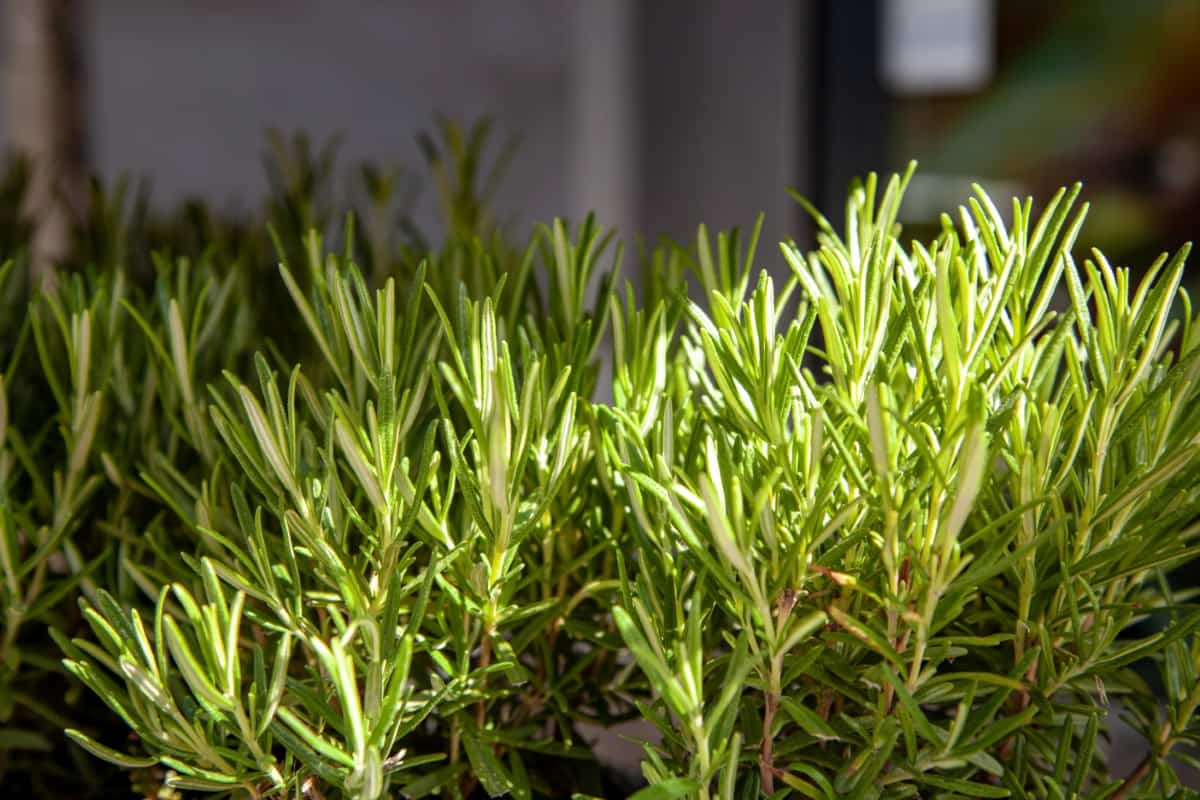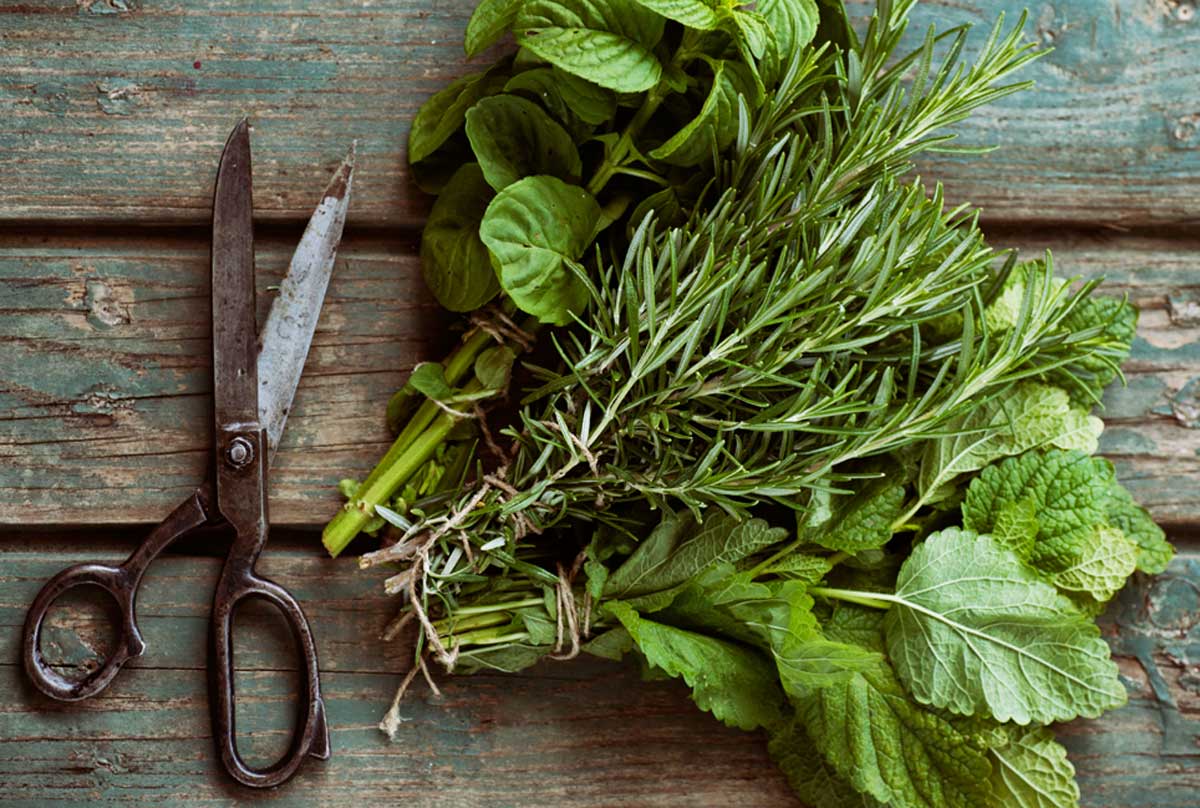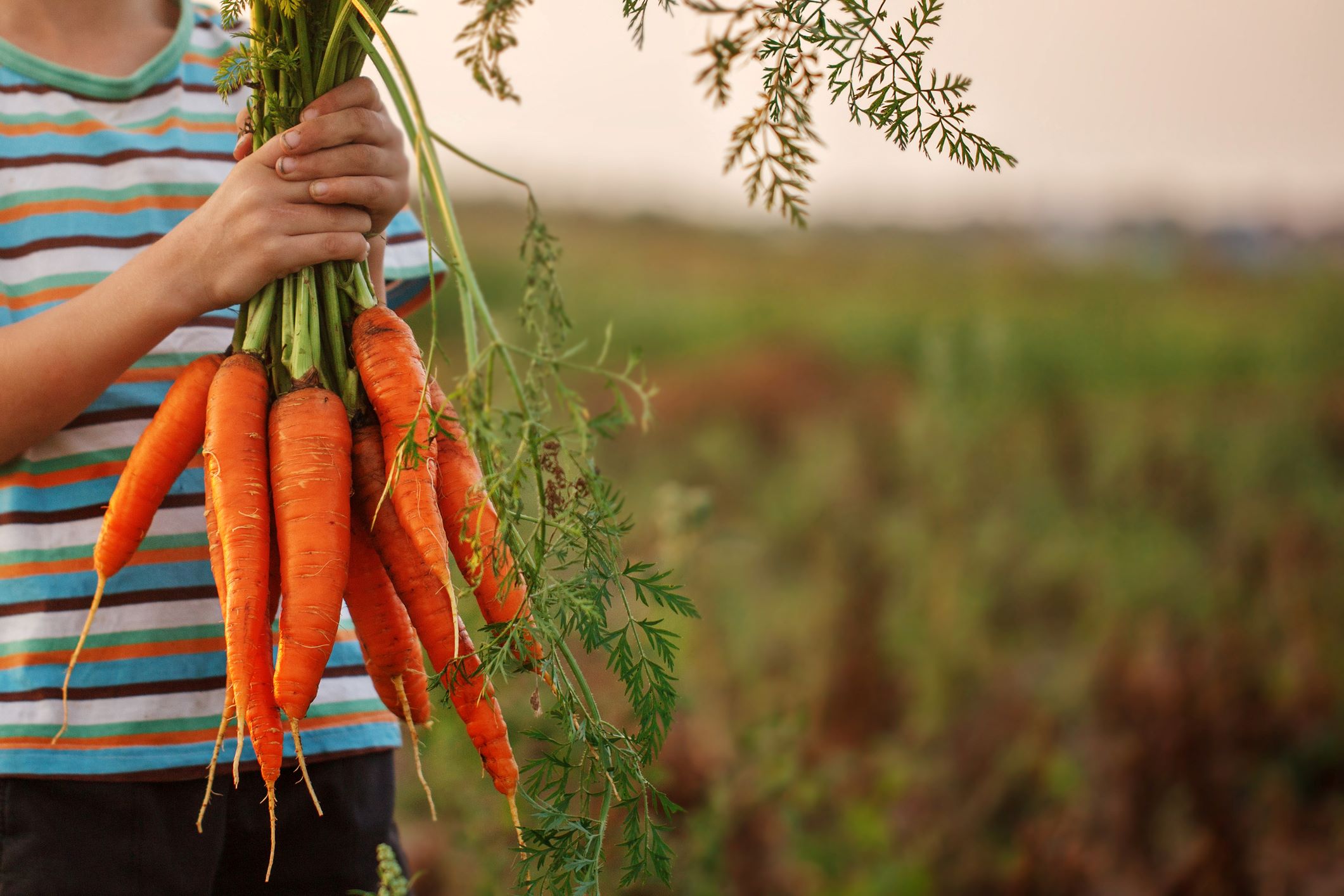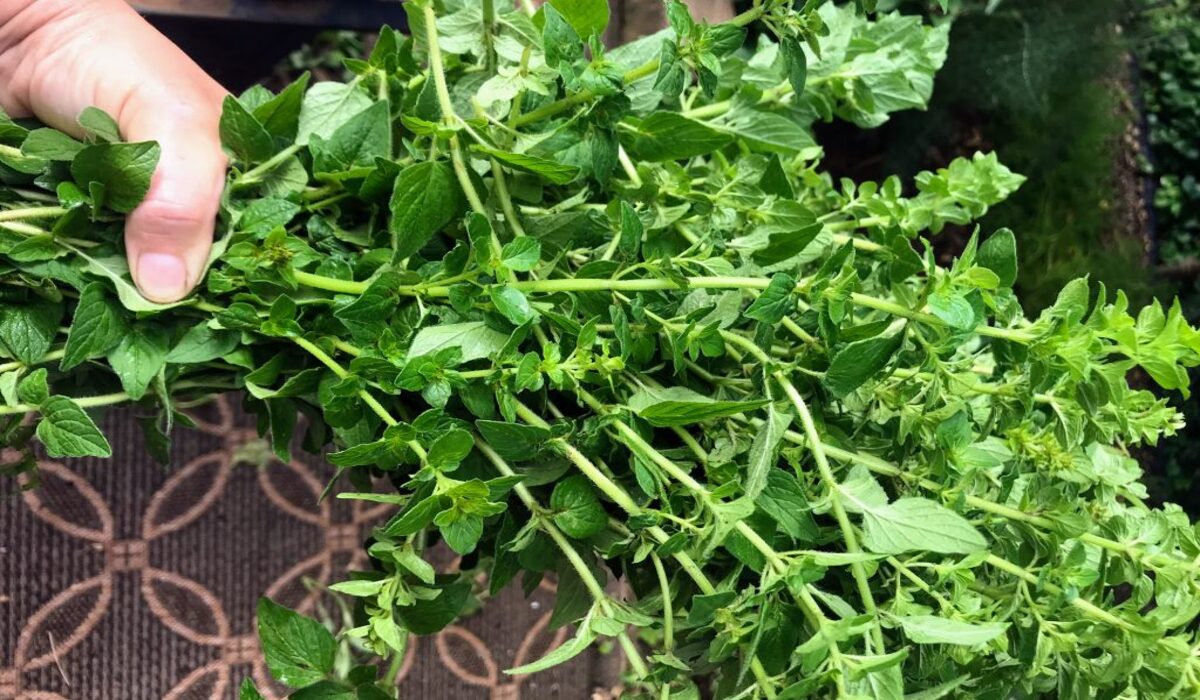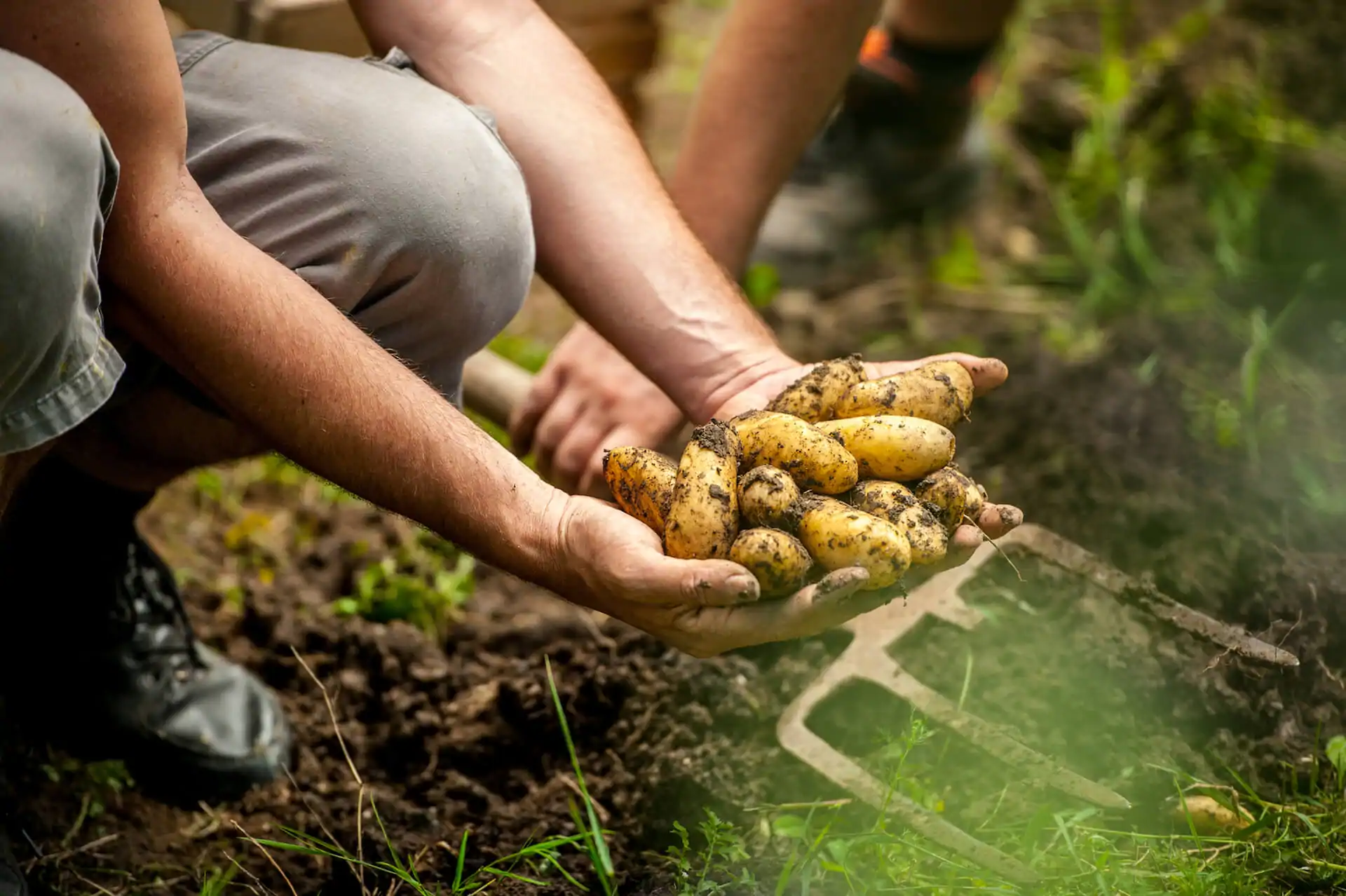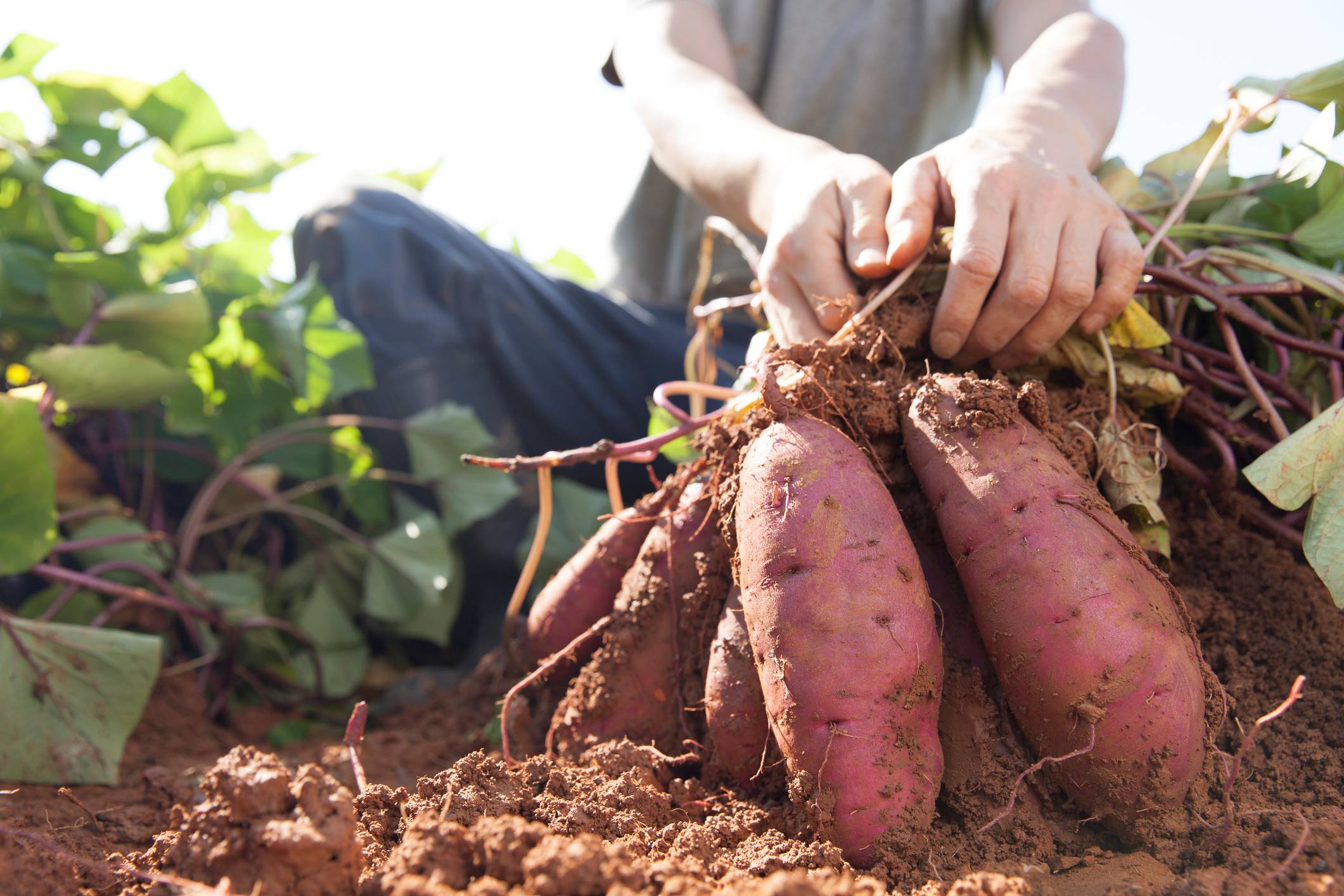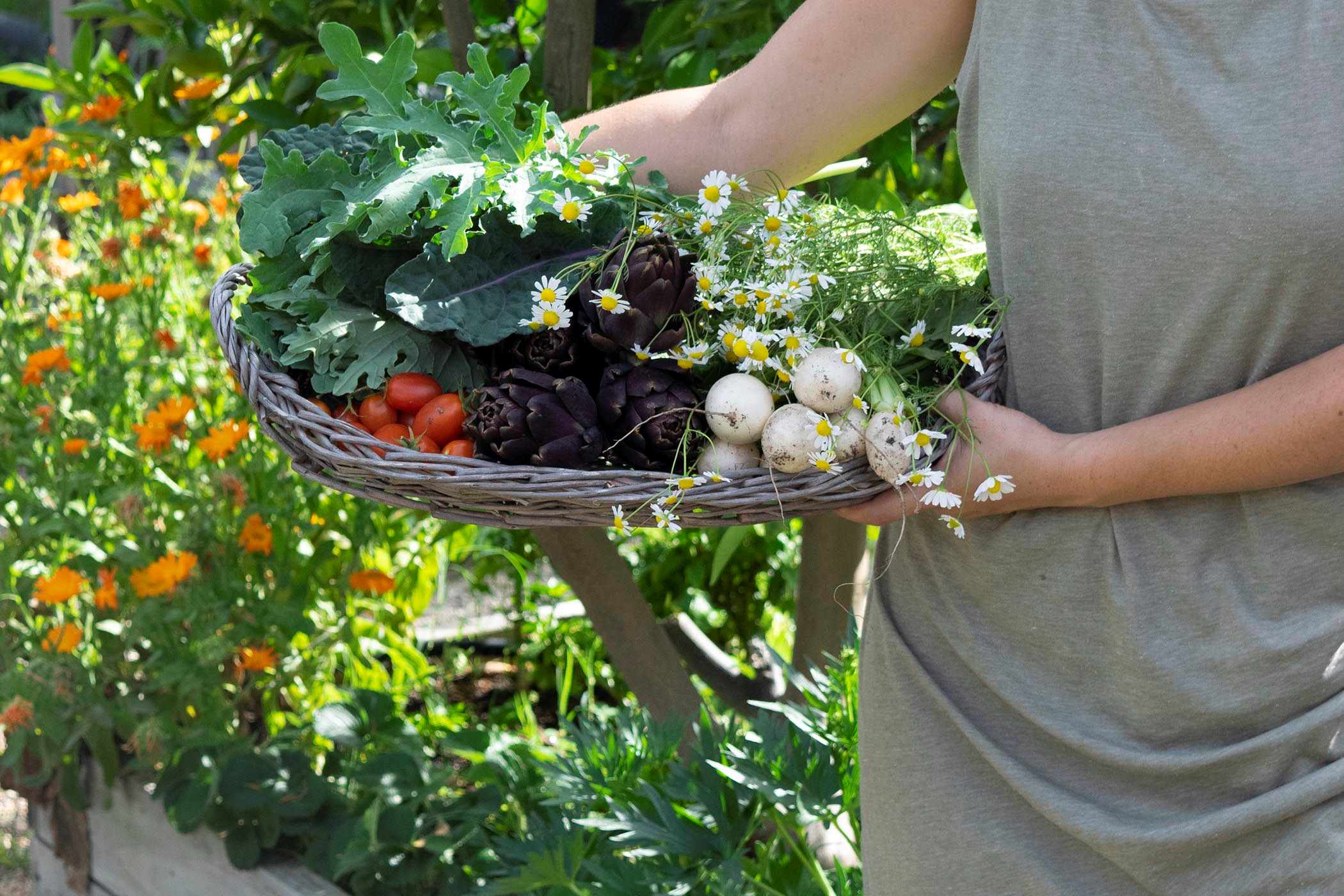Home>Types of Gardening>Edible Gardening>How To Harvest Coriander Seeds
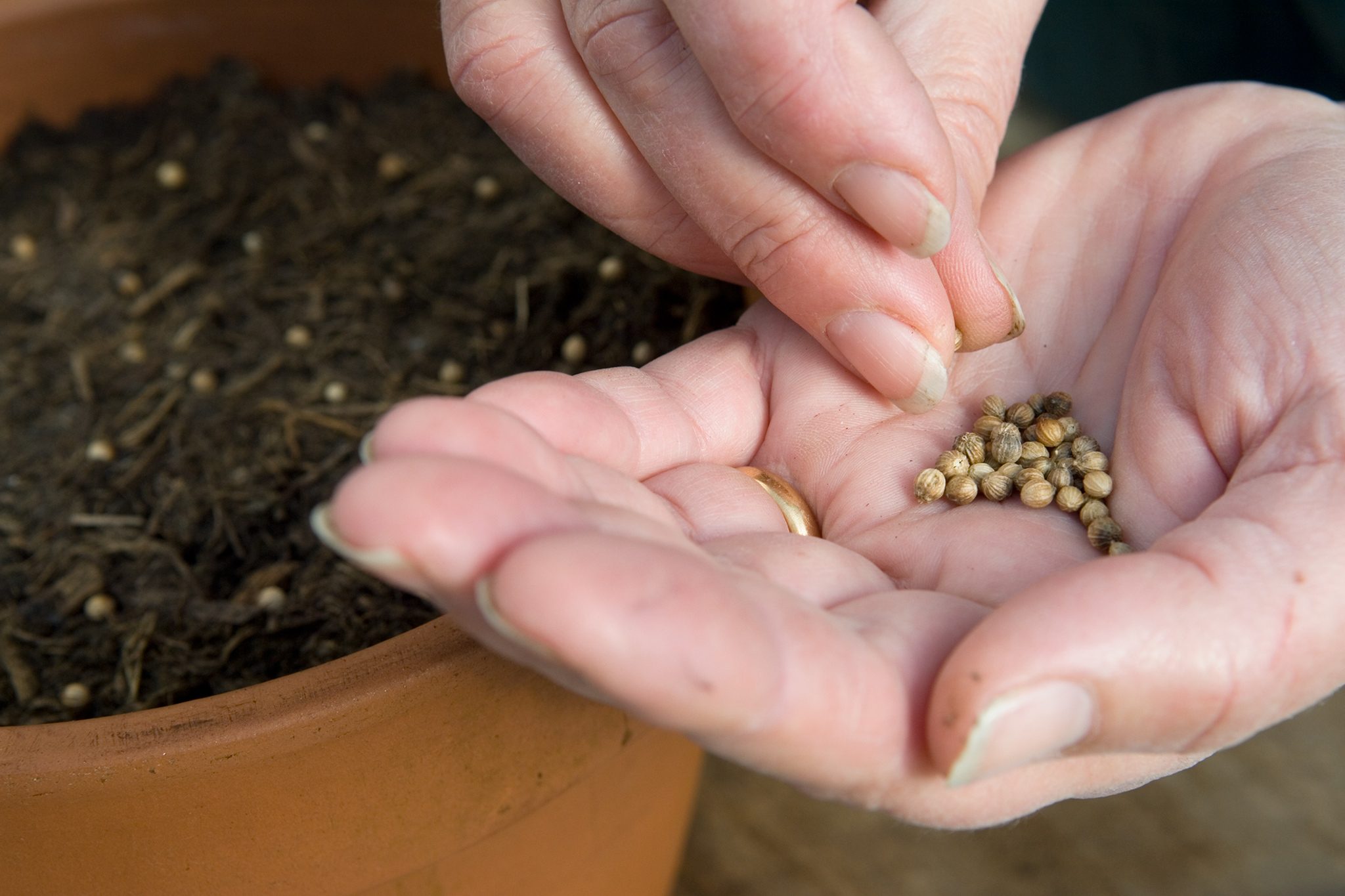

Edible Gardening
How To Harvest Coriander Seeds
Modified: January 22, 2024
Learn how to harvest coriander seeds in your edible garden and enjoy the fresh, aromatic flavors in your cooking.
(Many of the links in this article redirect to a specific reviewed product. Your purchase of these products through affiliate links helps to generate commission for Chicagolandgardening.com, at no extra cost. Learn more)
Table of Contents
Introduction
Welcome to the fascinating world of edible gardening! If you’re new to this rewarding hobby or a seasoned gardener looking to expand your repertoire, growing your own herbs can be a fantastic addition to your garden. One such herb that deserves a special place in your garden is coriander.
Coriander, also known as cilantro or Chinese parsley, has long been a staple in many culinary traditions around the world. Not only does it add a burst of fresh and vibrant flavor to dishes, but it also boasts a myriad of health benefits. From aiding digestion to reducing inflammation, coriander is a versatile herb that is both delicious and nutritious.
While the leaves of the coriander plant often take center stage in most recipes, the seeds are equally valuable. These tiny, round seeds pack a powerful punch of flavor and can be harvested to be used in a variety of ways. Whether you want to grind them into a spice for curries, use them for pickling, or even plant them for future coriander plants, harvesting coriander seeds is a gratifying process that allows you to enjoy the full potential of this incredible herb.
In this article, we will guide you through the process of harvesting coriander seeds step by step. From understanding when to harvest the seeds to cleaning and storing them, we’ll cover all the necessary information to ensure a successful harvest. So grab your gardening gloves and let’s dive into the world of coriander seed harvesting!
Understanding Coriander Seeds
Before we delve into the process of harvesting coriander seeds, let’s take a moment to understand what they are and why they are so prized in the culinary world.
Coriander seeds are the dried fruits of the coriander plant, scientifically known as Coriandrum sativum. These seeds are small, round, and golden-brown in color. They have a warm, citrusy, and slightly nutty flavor that adds depth to a wide range of dishes. Unlike the fresh leaves of coriander, the seeds have a longer shelf life and can be stored for future use.
One of the reasons coriander seeds are highly valued is their versatility. They can be used whole or ground, depending on the desired flavor profile and recipe. Ground coriander seeds are commonly found in spice blends, such as curry powders, while whole seeds are used for pickling and adding a crunchy texture to dishes.
Besides their culinary uses, coriander seeds offer several health benefits. They are rich in antioxidants, vitamins, and minerals such as iron and fiber. These seeds are also known for their digestive properties and may help alleviate symptoms of indigestion and bloating. Additionally, they have anti-inflammatory properties and may aid in reducing inflammation in the body.
Now that we have a good understanding of what coriander seeds are and their significance, it’s time to learn when to harvest them to ensure optimal flavor and quality. Harvesting coriander seeds at the right stage is essential to get the best results. Let’s explore this in the next section.
When to Harvest Coriander Seeds
Timing is crucial when it comes to harvesting coriander seeds. To ensure the seeds are mature and flavorful, you need to harvest them at the right stage of the coriander plant’s growth. The ideal time for harvesting coriander seeds is when the plant has gone to seed, typically about 3-4 months after planting.
Keep a close eye on the coriander plant as it progresses through its growth stages. Once the plant starts to produce small, white flowers, you know it’s entering the seed formation stage. These flowers will eventually turn into small, green seed pods known as coriander fruits. Don’t be too impatient at this point, as the seeds are not yet fully developed.
As the coriander fruits continue to mature, they will turn from green to light brown and eventually reach a golden-brown color. This transformation indicates that the seeds are fully developed and ready for harvest. You can gently shake the plant or the seed heads to check for maturity. If the seeds come loose easily, they are ripe and ready to harvest.
However, it’s important to note that coriander seeds do not all ripen at the same time. The seeds mature at different rates within the same plant and even among different plants in your garden. So, when harvesting coriander seeds, it’s best to monitor the plant closely and harvest the seed pods individually as they reach maturity.
By timing your harvest well and ensuring the seeds are fully mature, you will be able to capture the maximum flavor and aroma of the coriander seeds. The next step is to prepare for harvest, which we will explore in the following section.
Preparing for Harvesting
Before you embark on the exciting task of harvesting coriander seeds, there are a few steps to take to ensure a smooth and successful harvest.
First, you’ll want to gather the necessary tools. Grab a pair of garden shears or sharp scissors to cut the seed heads from the coriander plant. It’s also helpful to have a container or bag to collect the seed heads as you harvest them.
Next, choose the perfect time of day to harvest your coriander seeds. Early morning or late afternoon is ideal when the weather is cooler, as the seed heads will be less likely to shatter or lose their seeds during the harvesting process.
Inspect the coriander plant for any signs of disease or pest infestation. Remove any infected or damaged seed heads to prevent the spread of diseases and ensure the quality of the harvested seeds.
It’s also essential to pay attention to the moisture levels in the coriander plant. Harvesting the seed heads when they are slightly dry but not completely desiccated will make the removal of the seeds easier and prevent them from rotting during the curing process.
Lastly, make sure you have a designated area for the curing process. This is where you will allow the seeds to dry further and reach their optimal moisture content before cleaning and storing them. Choose a well-ventilated and dry location away from direct sunlight to prevent spoilage.
With all the necessary preparations in place, you are now ready to move on to the exciting part – harvesting the coriander seeds themselves! In the next section, we will explore different techniques for harvesting coriander seeds.
Techniques for Harvesting Coriander Seeds
When it comes to harvesting coriander seeds, there are a few different techniques you can choose from. The method you select will depend on your preferences and the size of your coriander crop. Let’s explore some popular techniques:
- Handpicking: This is the most common and straightforward method. As the coriander seed heads ripen, use your fingers or a pair of garden shears to cut the seed heads from the plant. Gently place them into a container or bag.
- Paper Bag Method: For a more hands-off approach, you can tie a paper bag around the seed heads as they start to turn golden brown. As the seeds naturally shed from the heads, they will collect in the bag. Give the seed heads a gentle shake to encourage the seeds to drop.
- Beat and Collect: If you have a large coriander crop, you can use a stick or a broom to gently beat the seed heads. Hold a container or a tarp below the plant to collect the falling seeds. This method is efficient for mass harvesting, but be careful not to damage the plant or the seeds.
No matter which technique you choose, it’s important to handle the coriander seed heads with care to prevent seed loss. Place them in a container or bag gently, avoiding rough handling or shaking that could dislodge the seeds prematurely.
Once you’ve harvested your coriander seeds, it’s time to move on to the next step – cleaning and storing them. Let’s explore this process in the following section.
Cleaning and Storing Coriander Seeds
After successfully harvesting your coriander seeds, it’s important to clean and store them properly to ensure their longevity and maintain their quality. Follow these simple steps to prepare your coriander seeds for storage:
- Drying: Start by spreading out the harvested coriander seed heads in a single layer on a clean and dry surface. Allow them to air dry for about 1-2 weeks, turning them occasionally to ensure even drying. Ensure they are completely dry before proceeding to the next step.
- Removing Debris: Once the seed heads are dry, gently rub them between your hands to separate the seeds from the husks. The husks will break apart, and the seeds will fall out. Remove any remaining debris or stems from the seeds.
- Winnowing: To further clean the seeds, you can perform a process called winnowing. Stand near a fan or in a gentle breeze and pour the seeds from one container to another, allowing the breeze to blow away the lighter chaff and leaving behind the heavier, clean seeds.
- Storage: Transfer the cleaned coriander seeds to airtight containers, such as glass jars or resealable bags. Store them in a cool, dark, and dry place away from direct sunlight or moisture. Properly stored coriander seeds can remain flavorful and viable for up to a year.
Remember to label your containers with the harvest date to keep track of their freshness. Additionally, consider saving a portion of the seeds for future planting if you want to continue growing coriander in your garden.
Now that you’ve completed the process of cleaning and storing your coriander seeds, you can enjoy the fruits of your labor in various culinary creations. The unique flavor and aroma of freshly harvested coriander seeds will undoubtedly enhance your dishes and provide a taste of homegrown excellence.
Conclusion
Congratulations on successfully harvesting and storing your coriander seeds! By understanding the life cycle of the coriander plant and knowing when to harvest the seeds, you can enjoy the full flavor and versatility that coriander seeds offer.
From handpicking to using the paper bag method or the beat and collect technique, there are several ways to harvest the seeds that cater to your preference and garden size. The key is to handle the seed heads with care to prevent seed loss and ensure optimal quality.
After harvest, taking the time to clean and properly store your coriander seeds guarantees their freshness and longevity. The drying, debris removal, and winnowing steps are essential in preparing the seeds for storage. Remember to store them in a cool, dark, and dry place, away from moisture and sunlight, to maintain their flavor and viability.
Now, armed with your store of coriander seeds, you can confidently add them to your culinary creations, from curries and stews to pickles and baked goods. The distinctive warm, citrusy, and slightly nutty flavor of coriander seeds will elevate your dishes to new heights.
Whether you’re a seasoned gardener or just starting with edible gardening, the process of growing, harvesting, and utilizing coriander seeds is a gratifying journey that connects you to nature and the joy of homegrown flavors.
So, don your gardening gloves, head out to your garden, and get ready to enjoy the bountiful rewards of growing your own coriander and harvesting its flavorful seeds. Happy gardening and happy cooking!
